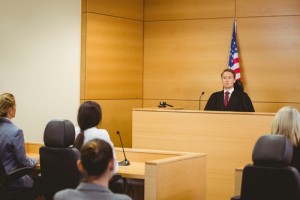When you die in a fatal crash in Maryland, two claims arise: a wrongful death action and a survival action. Wrongful death claims are for the suffering and economic loss for surviving family members on their own behalf. The survival action is brought by the estate, which means it is actually the only claim the person who died really brings for themselves, in their own name, for their own loss of life.![shutterstock_155967620[1]](https://www.marylandinjurylawcenter.com/files/2014/06/shutterstock_1559676201.jpg)
If you die instantly in a Maryland accident – or there is no proof of conscious pain and suffering – defense lawyers argue there is no survival action or no claim for the decedent for their death.
Maybe I think this stuff through a little too much, which makes me wonder if I can keep this job until retirement. But it just seems ludicrous to me that a person has no cause of action in their own right because we can’t prove they suffered before they died. A trial court in Maryland recently took this a step further, ruling that there is no conscious pain and suffering when a five year-old boy drowns in a pool because there was no “evidence” of conscious pain and suffering. The Maryland Court of Appeals thankfully reversed the trial court on this point because it is obviously more likely that the poor child suffered. (I would love to be wrong about this and I try to make myself feel better by thinking not that long a period. But it does not make me feel better.) Continue reading








